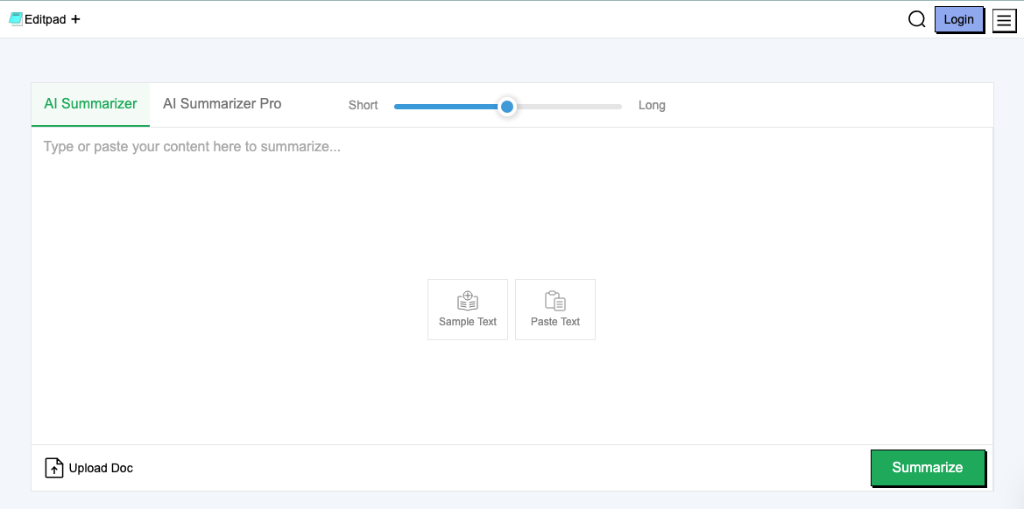
Popular SEM Strategies in 2025
Many businesses are still spending thousands on search ads every month. However, they are no longer achieving the desired results.
Some ads receive clicks, but they result in fewer conversions or none at all. Others get enough traffic but fail to generate leads. And many campaigns even fail to get impressions at all.
This problem is getting worse in 2025. There is a lot of competition, and the cost per click has gone up in most fields. You now have to work harder just to stay profitable. According to a stat, around 29% of all digital ad spending this year is projected to go to paid search. So, maximizing ROI has become more critical than ever.
This blog breaks down 7 specific SEM strategies that are working right now. Each strategy aims to streamline your campaigns, enhance the quality of leads, and optimize your budget. Before diving in, let’s quickly look at why ROI-focused SEM is so important in 2025.
Why ROI-Driven SEM Matters More Than Ever in 2025
Search engine marketing (SEM) refers to paid advertising that appears in search engine results. This is mostly done through platforms like Google Ads and Microsoft Ads. SEM is a powerful way to gain visibility in front of relevant searchers. But it has become pricier and more competitive in 2025.
The cost-per-click rates are at an all-time high. And due to fierce competition, data-driven and highly targeted strategies are required.
The ad systems on Google and Bing are smarter now. They reward pages that load quickly, are relevant, and have trusted content. If your campaigns aren’t well-coordinated, you won’t get the results you want, no matter how much you spend.
Privacy changes like GA4 and better cookie restrictions also make it more difficult to target individuals at the same time. Therefore, you need to use more targeted and clever SEM techniques for the greatest return on investment.
Popular SEM Strategies That Work in 2025
These proven strategies work across industries and focus on smart execution. They are built to drive real, measurable results.
1. Use Smart Bidding with First-Party Data Integration
Smart bidding has advanced significantly, but its effectiveness depends on the quality of the data it receives. Connect your CRM and email data directly to your ad platforms. Then, you will get the best results from strategies like Target CPA or Target ROAS. This gives Google the signals it needs to find high-value customers who are more likely to convert.
You’ll also need clean conversion tracking in place. Without it, your bidding model won’t learn or improve. Google says that the best way to measure performance is over longer periods of time that include at least 30 conversions (or 50 for Target ROAS).
2. Target Long-Tail and Purchase-Intent Keywords
Broad keywords may bring in traffic, but their conversion rates are rarely high. On the other hand, long-tail, more specific phrases show the user already knows what they want.
For example, if someone is searching for “best dentist in Chicago open now,” they aren’t just browsing. They are looking to book an appointment. The same goes for B2B terms like “SaaS tools for inventory automation.” These types of queries signal urgency or decision-stage intent.
You can find these long-tail keywords using SEMrush, Ahrefs, or Google Keyword Planner. Filter your search results by using intent-related modifiers such as “near me,” “best,” “buy,” “for [specific use],” or “price.” These words may have lower volume, but they can bring in better leads at a lower cost per conversion.
3. Analyze Competitors Before Writing Ad Copy
One of the best strategies is to look at what your competitors are doing before you start writing your ad copy. Search for your main keyword and examine the ads that appear.
Look at their:
- Headlines
- Descriptions
- Offers
- CTAs
- Pricing
- Emotional triggers
These details can reveal exactly what’s driving clicks in your niche. But the process can be time-consuming and overwhelming. You might miss important selling points or overlook recurring keywords. Therefore, be careful while analyzing. Then create brief reports for each competitor to review for comparison.
4. Use Dynamic Keyword Insertion in Responsive Search Ads
Responsive Search Ads (RSAs) can greatly boost your click-through rate if you use them correctly. A lot of advertisers just put random headlines into the system and hope for the best. This makes combinations that don’t make sense, which confuses the audience and makes your ad less effective.
So, write multiple high-quality headlines that each make sense on its own. Use Dynamic Keyword Insertion (DKI) to automatically match the searcher’s exact query in the headline, but only if it fits naturally. Combine this information with a few strong, benefit-focused descriptions.
5. Optimize Your Landing Pages for Quality Score Boosts
Your landing page plays a major role in determining your ad’s Quality Score. Start with a headline that instantly tells visitors they are in the right place. Then explain your product or service in the description. Try to include key details such as pricing, benefits, and unique selling points without overwhelming readers with unnecessary details.
Pay special attention to “Clarity.” Lengthy and cluttered paragraphs can easily divert readers’ interest. On the other hand, overly short descriptions might fail to clear away their doubts. A wise approach is to write your copy and then optimize it by eliminating unnecessary wording without losing the key information your readers need to take action.

If you are short on time, you may get help from Editpad. It employs both extractive and abstractive summarization techniques to add conciseness to any piece of text without skipping important information. This will make your landing page copy both informative and easy to read.
6. Retarget High-Intent Visitors with Personalized Offers
Most businesses treat all website visitors the same. They show generic remarketing ads to everyone. Such behavior wastes money and annoys visitors.
Instead, identify the high-intent visitors. This includes visitors who spent time reading your descriptions or added items to their cart. Then, create remarketing ads with specific offers tailored to what they viewed. Tools like GA4 Audiences make it easy to group these users based on behavior, so you can tailor your ads to the right people.
For instance, show someone an ad highlighting a complimentary consultation or a limited-time discount if they viewed your premium service page but declined to sign up. Personalization helps people feel understood and inspires them to come back.
7. Schedule and Geo-Target Ads Based on Performance Insights
Many advertisers spend on ads without a strategic plan. They set their ads to run all day, every day, for everyone. This “always-on” approach consumes the budget and displays ads during the times when your audience is least likely to convert.
A better way is to check your performance data in Google Ads and Analytics. Look for patterns. Maybe, for instance, most conversions take place during weekdays between 8 AM and 6 PM or in particular ZIP codes where your offer is more appealing. Then, target the most profitable areas and plan your adverts to run during those high-performing periods.
Conclusion
SEM in 2025 rewards businesses that refine their approach instead of relying on guesswork. Due to high competition, the cost-per-click (CPC) rates are increasing. Platforms are now more user-friendly to provide advertisers with real value.
So, start by reviewing your campaigns, and choose one or two high-ROI strategies from this guide. Test them for 30 days and track performance closely.
When you see a winning pattern, double down and refine it further. This steady cycle of testing and improving will give you more conversions without raising your budget.


